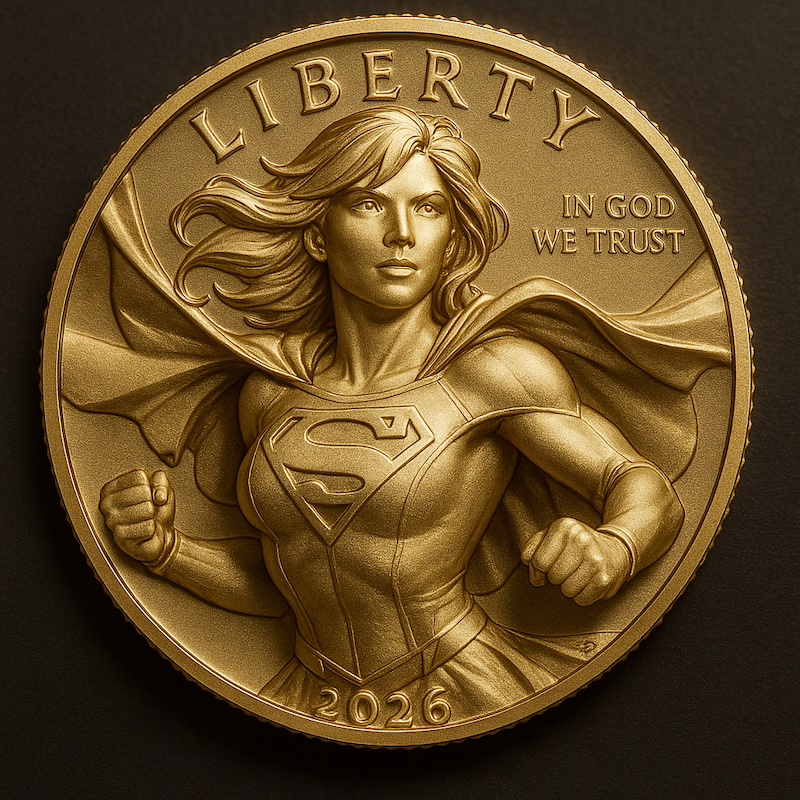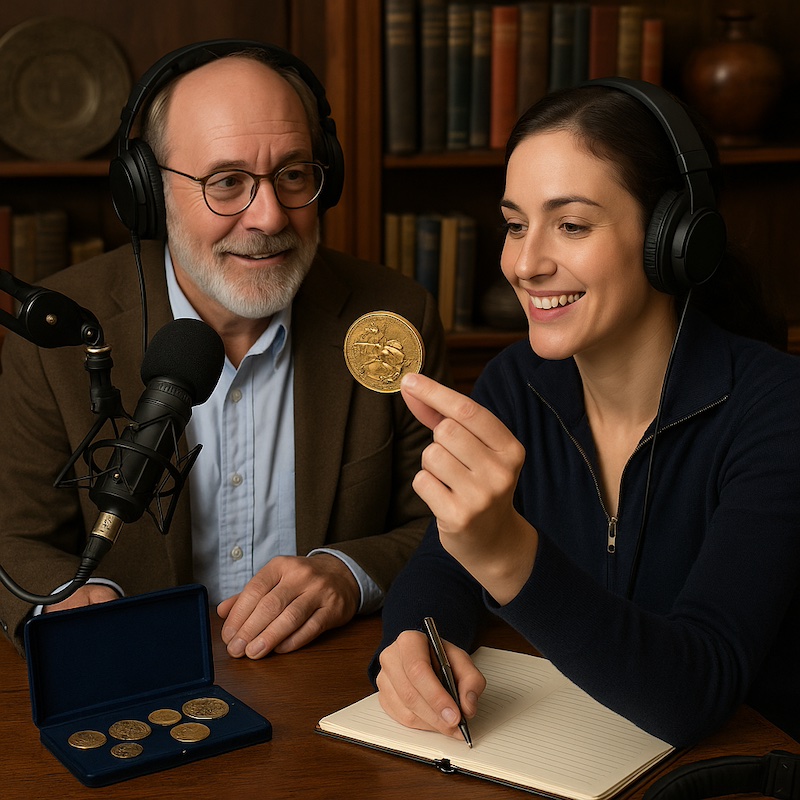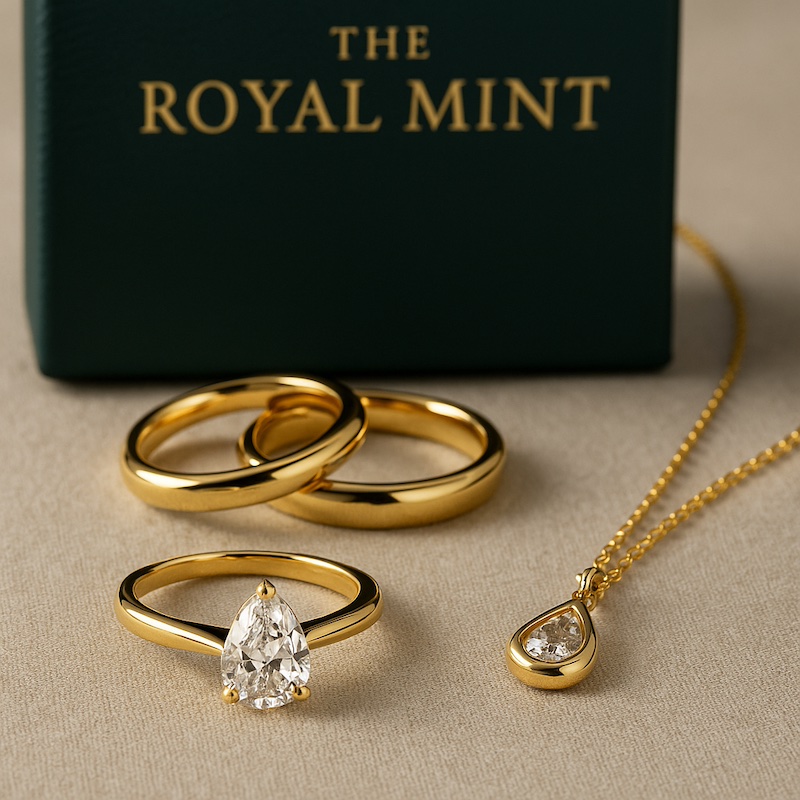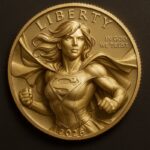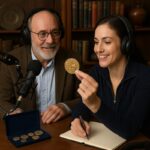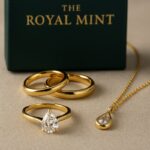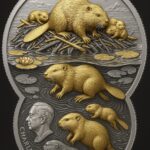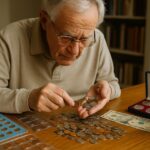The 1965 Washington quarter holds a special place in the history of United States coinage. It was the first year quarters were struck without any silver content due to the rising cost of silver.
Transition to Copper-Clad
Before 1965, Washington quarters contained 90% silver and 10% copper. Rising silver prices in the early 1960s forced the U.S. Mint to reevaluate its coinage composition. Consequently, the Coinage Act of 1965 removed silver from dimes and quarters, reducing the silver content of half dollars to 40%. The 1965 quarter marked the beginning of this new era, composed of an outer layer of 75% copper and 25% nickel bonded to a core of pure copper.
Mintage and Production
The transition from silver resulted in the 1965 quarter being produced in large quantities to meet public demand and replace the circulating silver quarters. Below is a table showing the mintage figures for the 1965 quarters:
| Mint | Mintage (in millions) |
|---|---|
| No Mint Mark | 1,819.5 |
Unlike previous years, the 1965 quarters bear no mint marks. The absence of mint marks was part of an effort to discourage hoarding.
Design Features
The design of the 1965 Washington quarter remained unchanged from previous years. The obverse features the profile of George Washington, designed by John Flanagan, while the reverse depicts an eagle with outstretched wings. The coin’s diameter is 24.3 mm, and its weight is 5.67 grams.
Current Market Value
The value of a 1965 quarter in today’s market is primarily based on its condition and collector interest. Circulated coins generally hold only face value. However, certain uncirculated or mint state coins can command a premium. The following factors influence the market value:
- Condition: Collectors value graded coins in mint state (MS) condition.
- Errors and Varieties: Collectors may be interested in specific 1965 quarters with mint errors or unique die varieties.
- Demand: Collector demand fluctuates.
Grading and Condition
Coin grading is critical in determining the value of a 1965 quarter. The Sheldon Scale, ranging from 1 to 70, is used to evaluate coins. Common grades for these quarters include:
- Good (G-4): Heavily worn, with design elements visible.
- Fine (F-12): Moderate wear, with more defined details.
- Extremely Fine (EF-40): Light wear, with sharp details.
- Mint State (MS-60 to MS-70): No wear, with varying luster and eye appeal.
Conclusion
The 1965 quarter represents a pivotal moment in U.S. numismatics, reflecting economic changes and coin production practices. While most coins hold minimal monetary value above face value, collectors may find interest in high-grade examples or coins with unique characteristics. Understanding the factors that influence the value of a 1965 quarter can aid collectors and enthusiasts in making informed decisions.
